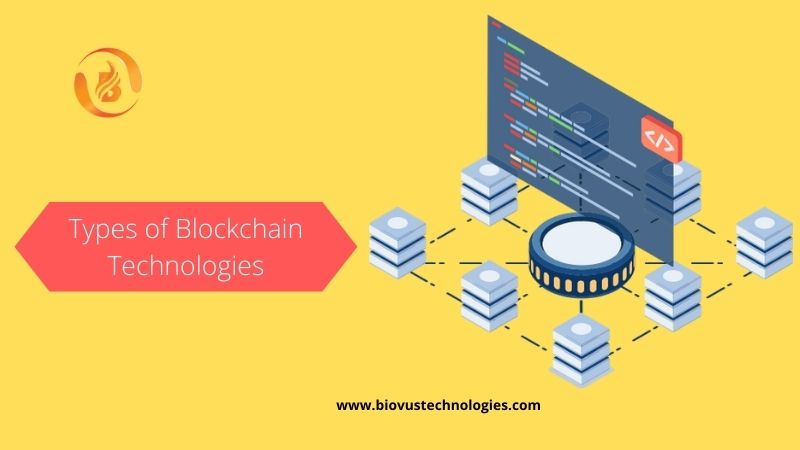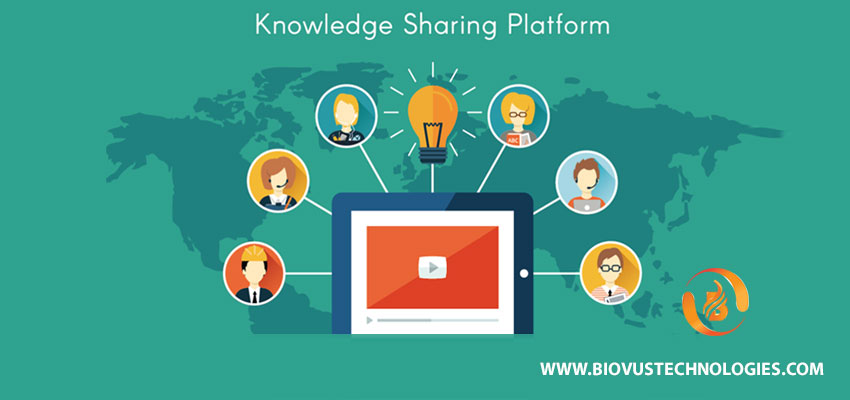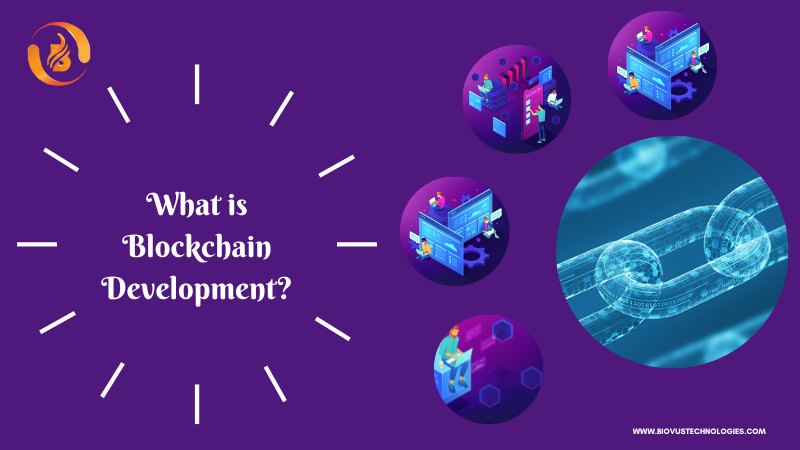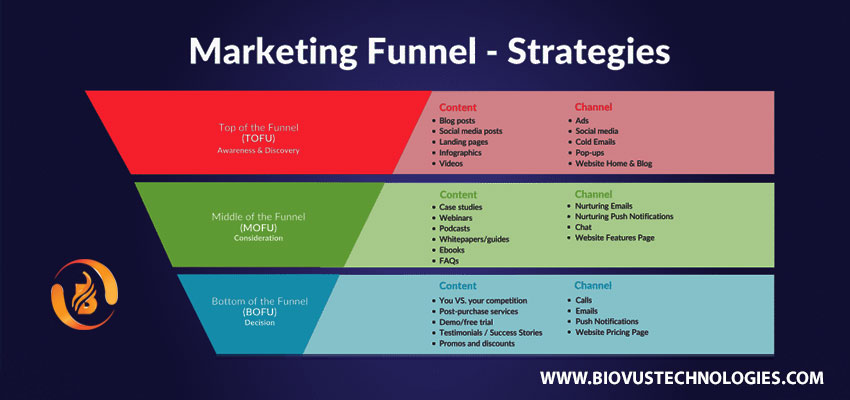Introduction
In the fast-evolving digital landscape, advertising plays a decisive role in shaping businesses, from traditional models to digital-first approaches. This impact is especially significant for small-scale industries, helping them grow into large enterprises through digital evolution. Programmatic advertising is at the forefront of this transformation. It uses ad exchanges, online marketplaces where advertisers, agencies, demand-side platforms, publishers, and supply-side platforms can bid on ad inventory in real-time. By automating the buying and selling of ads, programmatic advertising enables businesses to instantly display ads across websites, apps, and other digital platforms.In this blog, we share detailed insights into programmatic advertising and its functions, backed by in-depth analysis and expert guidance from the best digital marketing agency in Tamil Nadu.
What is programmatic advertising?
Programmatic advertising serves up relevant ad impressions to audiences through automated processes in under a second. Programmatic advertising utilizes a computerized method, within advertiser-defined parameters, to purchase digital ad inventory across various platforms, including the web, mobile, apps, video, and social media.
Why use programmatic advertising?
Programmatic advertising is used for its efficiency, scalability, and precise audience targeting through automated, real-time buying and selling of online ad space.
Key reasons to use programmatic advertising include
Precision Targeting:
Programmatic advertising enables advertisers to target specific audiences with precision, utilizing data, behavioural signals, and algorithms to ensure that ads reach the most relevant users.
Efficiency & Automation:
It automates the complex ad-buying process, reducing manual work and saving time and resources for both advertisers and publishers.
Real-time Optimization:
Advertisers can monitor campaign performance in real-time and adjust targeting, bidding, and creatives on the fly to maximize impact and adapt to evolving consumer behaviour.
Increased efficiency:
The automated technology and algorithms allow for efficient and scalable delivery of ads to large and diverse audiences across multiple platforms and devices.
Improved ROI:
Improving ROI can involve reducing costs, increasing operational efficiency, focusing on high-return marketing strategies, and making data-driven investment decisions.
Personalization:
It enables the delivery of personalized ad messages to individual users based on their online behaviour and past interactions with a brand.
Strategic Advantage:
Strategic advantage in launching new products or services and increasing the market share of present products and services.
What is the primary purpose of programmatic?
Programmatic advertising uses automated technology and algorithmic tools for media buying. The term programmatic relates to the process of how ads are bought and sold in the advertising space.
Variety of Programmatic ad formats
Display Ads:
There are many types of display advertising. Banner ads are an example of display advertising.
Video Ads:
Ads that utilize video content to capture user attention and convey a message effectively.
Audio Ads:
Digital audio advertising is the practice of embedding advertisements within digital audio content, such as streaming music, podcasts, and internet radio.
Connected TV (CTV):
A Mexican restaurant chain might utilize programmatic CTV ads to target local audiences on streaming platforms, thereby encouraging foot traffic to their physical locations.
In-Game Ads:
Examples like Coca-Cola billboards on a FIFA soccer stadium, rewarded video ads in Subway Surfers, or a brand-themed game created by Nike.
Programmatic advertising platform with examples
DSPs help advertisers target audiences efficiently, while SSPs maximize publisher revenue by selling to the highest bidder, and DMPs organize and analyze data.
Demand-side platform (DSP):
This allows advertisers to buy digital ad inventory across multiple exchanges in real-time.
Supply-Side Platforms (SSPs):
Used by publishers to automate the sale of ad inventory to advertisers.
Ad Exchanges:
Platforms that connect SSPs and DSPs, creating a marketplace for buying and selling ad inventory.
Data Management Platforms (DMPs):
Tools used by advertisers, agencies, and publishers to collect, manage, and activate audience data for targeting and optimization.
Conclusion
Programmatic advertising is a game-changer for digital marketing, and at Biovus, we’re committed to helping our clients make the most of this powerful tool. As a leading provider of digital marketing services in Tamil Nadu, we have the expertise and experience to help you achieve your advertising goals through programmatic advertising and other cutting-edge techniques. Our team of experts can help you define your target audience, select the right ad formats, establish a budget and bidding strategy, utilize retargeting, and continually optimize your campaigns for maximum impact. So, whether you’re looking to increase brand awareness, drive sales, or boost engagement, Biovus is the partner you need to succeed in today’s competitive digital landscape.
FAQ
What is programmatic advertising, and how does it work?
Programmatic advertising is an automated method of purchasing and selling ads used in digital marketing campaigns. Programmatic ads are sold using a computerized bidding system in real-time. In the process, companies can instantly buy ads to display on apps, websites, or other platforms.
What are Programmatic Platforms?
Programmatic ad platforms are the software that enable digital publishers and marketers to sell and buy ad space.
What is the difference between programmatic and display?
Programmatic and display ads are two different facets of digital marketing. Programmatic advertising refers to a specific strategy of publishing ads, whereas display ads focus on particular ad formats.
What are the Benefits of Programmatic Advertising?
key benefits include:
Efficiency: Achieve more useful output with the same or fewer resources, by working smarter and reducing waste of time, energy, or materials
Targeting: Delivers ads to specific, highly relevant audiences based on demographics, interests, and online behaviour.
Cost-effectiveness: Minimise wasted ad spend by focusing on valuable impressions, improving return on investment (ROI).
Real-time optimization: Cross-device retargeting, and complete transparency into performance and spend.
What can be bought programmatically?
Programmatic advertising can buy various ad types across many digital channels, including display, video, native, audio, and Connected TV (CTV) ads.
What types of ads can be run programmatically?
Programmatic advertising encompasses a range of formats, including display (banner ads), video (in-stream and out-stream), audio (podcasts), social media ads, and even out-of-home (OOH) digital billboards.
What is the purpose of programmatic?
Programmatic advertising delivers relevant ad impressions to audiences through automated processes in under a second. Programmatic advertising refers explicitly to the computerized, data-driven method of buying and selling ad inventory in real-time.
Who uses programmatic advertising?
Programmatic advertising is used by both advertisers and publishers, who are entities that buy and sell digital ad space, respectively.
What are the main types of programmatic deals?
The four primary programmatic deal types are Open Auction (RTB), Private Marketplace (PMP) deals, Preferred Deals, and Programmatic Guaranteed deals.
Where is programmatic advertising used?
Programmatic advertising is utilized across a wide range of digital channels, including websites, mobile apps, social media, video platforms, connected TV (CTV), and audio platforms.
What are the four pillars of programmatic?
The four key components that form the foundation of programmatic advertising are data, technology, inventory, and optimization.
How Does Programmatic Advertising Work?
Two leading platforms are used for all transactions in programmatic buying: demand-side platforms (DSPs) and supply-side platforms (SSPs).
Demand-side platforms (DSPs) are software that allows companies, advertisers, and ad agencies to purchase ads programmatically in real-time.
Meanwhile, Supply-side platforms (SSPs) provide software to assist publishers in coordinating the sale and distribution of ads.







